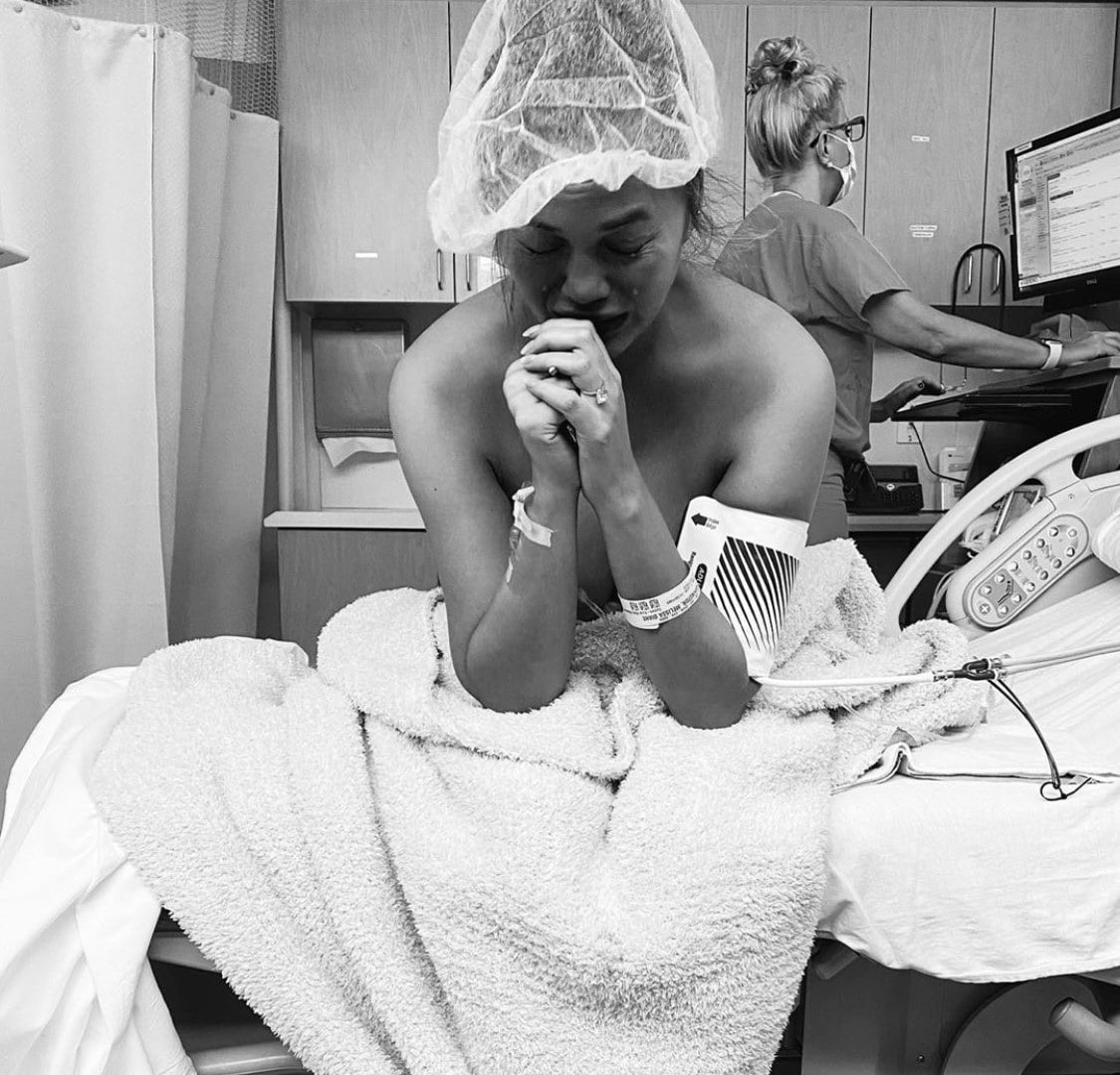Chrissy Teigen and John Legend are heroes, not oversharers

Teigen is a model, television star and cookbook author who became a social-media superstar partly through her unusually frank approach to her fertility issues and postpartum experiences. She documented this pregnancy in her usual no-filter style: discussing her “poopy placenta,” agonizing headaches and needing “bags and bags of blood transfusions.” To the son that she and Legend planned to name Jack, she wrote: “I’m so sorry that the first few moments of your life were met with so many complications, that we couldn’t give you the home you needed to survive. We will always love you.”
Critics have previously accused Teigen of oversharing intimacies, a complaint that often means “I don’t want to see that.” Some revived that charge this week. There is an understandable inclination to look away from a loss of this magnitude. After McCracken’s son died, she wrote that she was afraid to spend time with a friend’s young daughter, fearing that if the girl “said anything to me about my stomach, I’d punch her in the face, and I did not want to be a woman who punched four-year-olds in the face.” In an essay about her son’s death after she suffered a placental abruption, writer Ariel Levy described herself as “a wounded witch, wailing in the forest, undone.”
The desire to look away from the risks to babies in the womb and during their first year of life has consequences for both society and individuals.
“I heard myself tell a horrified saleswoman, ‘I don’t know what size I am, because I just had a baby. He died, but the good news is, now I’m fat,’ ” Levy wrote about trying to navigate life after her loss. “Well-meaning women would tell me, ‘I had a miscarriage, too,’ and I would reply, with unnerving intensity, ‘He was alive.’ I had given birth, however briefly, to another human being, and it seemed crucial that people understand this. Often, after I told them, I tried to get them to look at the picture of the baby on my phone.”
In sharing pictures taken during and after her labor and delivery, Teigen encouraged the world to look at her baby — and to see her and Legend as Jack’s parents.
These images are not oversharing but, actually, a kind of self-sacrifice. In laying bare this moment, Teigen and Legend may help families who have lost children under similar circumstances see that they are not alone or even unusual. And by letting the public in on their grief, all of Teigen and Legend’s fans now know, however distantly, someone whose child has died.
“When a baby dies, other dead children suddenly become visible,” McCracken wrote in her book about stillbirth. After her son’s death, she began to learn about families who shared her experience. “I want to hear about every dead baby, everywhere in the world. I want to know their names. … The dead don’t need anything. The rest of us could use some company.”
Teigen and Legend have turned their greatest sorrow into a communal strength. They’ve given those who haven’t directly shared such pain an opportunity to practice kindness and bravery — to look at what may be hard to face and summon the best of ourselves to comfort those who are grieving. It’s also an opening to fight for a world in which fewer people grieve such losses.






